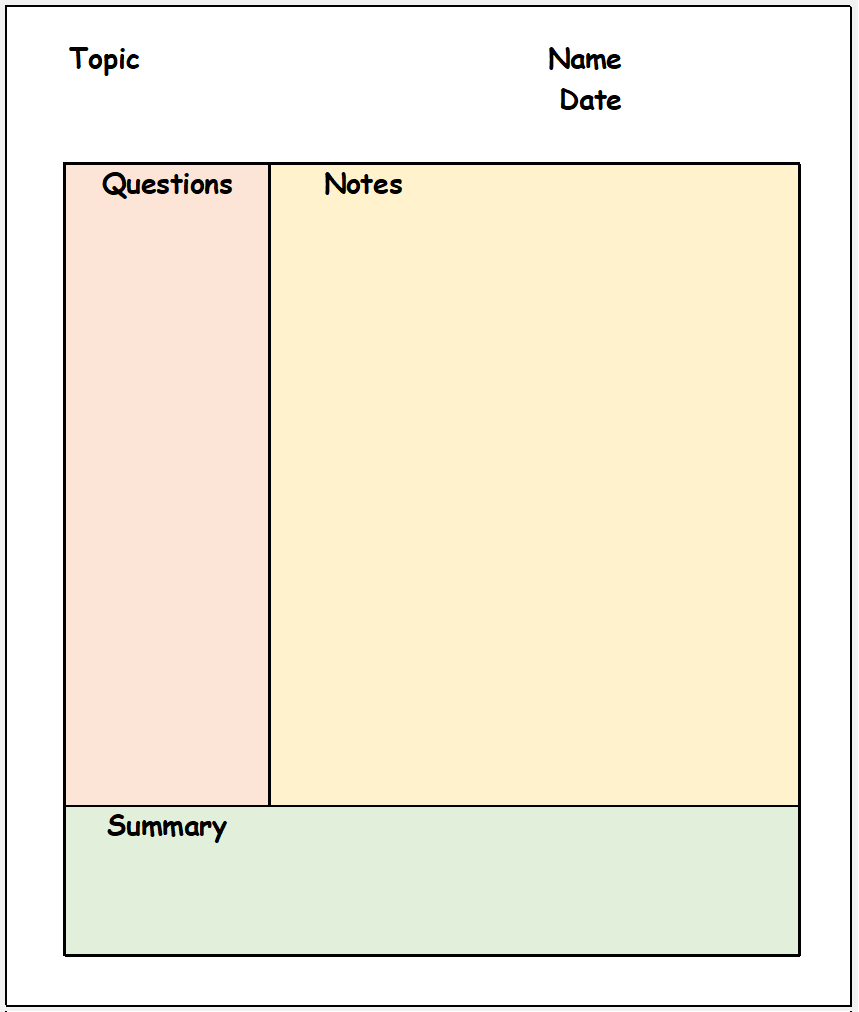A Math Journal is a way of keeping your math work organized, so you can self-assess what you have learned. A journal entry should be written at the end of each math exercise. The math journal entries should take no more than 5 minutes.
Every journal entry becomes a record of the experience received from the specific math exercise.
A math journal helps students stretch their thinking and make sense of problems.
When students write in their math journals, they examine, express, and keep track of their reasoning.
Math journals are a tool for teachers to gauge comprehension of a concept on an individual, group, or class basis.
SHOW YOUR WORK
Your math journal can also help the teacher figure out what you did wrong (if any), and if you need help.
Math Journals allows students to organize, clarify, and reflect on their thinking.
Daily journal prompts:
- I solved the problem by ___
- I can check my answer by ___
- The strategy I used was ___
- Another strategy I could use would be ___
- The first thing I did was ___
- Today’s lesson helped me to understand ___
- I learned that ___
- I would use this in my real life when ___
- I know that __ is __ because __.
- I knew I was right when……
- The best way to solve this problem would be___
- First ___ next ___ then ___ after that ___
Cornell notes are an effective way for students to take notes on a math subject.
Cornell Notes Template
If students write their own word problems, they will develop their reasoning skills and make connections between what they learn in class and its applications in the real world.
Once a week, write your own math word problem.
My own problem
We will use math word walls to build vocabulary.
New Vocabulary Template
Vocabulary for this unit:
expression
numerical expression
algebraic expression
order of operations
expand an expression
factor an expression
coefficient
greatest common factor
greatest common divisor
commutative property
distributive property
constant term
combine like terms
equation
simplify
coefficient
polynomial
inequality
Organizing Your Math Journal
Section 1: Vocabulary /Frayer models (Vocabulary sheets for each unit)
Section 2: Notes (All of the notes you take in class)
Section 3: Homework (Homework assignments)
Section 4: Quizzes/Tests

